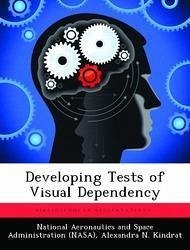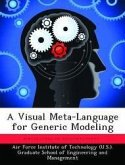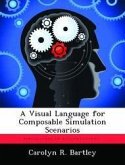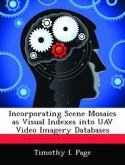Astronauts develop neural adaptive responses to microgravity during space flight. Consequently these adaptive responses cause maladaptive disturbances in balance and gait function when astronauts return to Earth and are re-exposed to gravity. Current research in the Neuroscience Laboratories at NASA-JSC is focused on understanding how exposure to space flight produces post-flight disturbances in balance and gait control and developing training programs designed to facilitate the rapid recovery of functional mobility after space flight. In concert with these disturbances, astronauts also often report an increase in their visual dependency during space flight. To better understand this phenomenon, studies were conducted with specially designed training programs focusing on visual dependency with the aim to understand and enhance subjects ability to rapidly adapt to novel sensory situations. The Rod and Frame test (RFT) was used first to assess an individual s visual dependency, using a variety of testing techniques. Once assessed, subjects were asked to perform two novel tasks under transformation (both the Pegboard and Cube Construction tasks). Results indicate that head position cues and initial visual test conditions had no effect on an individual s visual dependency scores. Subjects were also able to adapt to the manual tasks after several trials. Individual visual dependency correlated with ability to adapt manual to a novel visual distortion only for the cube task. Subjects with higher visual dependency showed decreased ability to adapt to this task. Ultimately, it was revealed that the RFT may serve as an effective prediction tool to produce individualized adaptability training prescriptions that target the specific sensory profile of each crewmember.
Bitte wählen Sie Ihr Anliegen aus.
Rechnungen
Retourenschein anfordern
Bestellstatus
Storno









